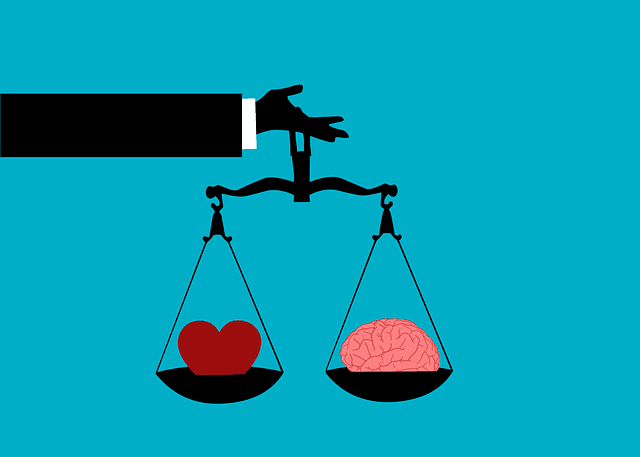Out with New Year’s Resolutions, In with New Year’s Intentions
By Ann Elliott

As a new year begins, it is a tradition to set Resolutions for the year. This stretches back to the times of the Babylonians nearly 4,000 years ago. The prevailing wisdom of this period was that resolutions would please the king and keep you in good standing with the gods. The goal was to pay off all debts that you owed and return any borrowed objects.
Something to notice about these traditions is that you needed to make these resolutions to put you in the good graces of others. The Babylonians made their resolutions in mid-March because this was the time of planting new crops, a new beginning.
As the new Christian religion emerged, Julius Ceasar changed the calendar and January 1 became the new year. The secular tradition of setting New Year’s Resolutions continues into the 21st century.
Today most New Year’s Resolutions involve starting something or stopping something to improve yourself and your circumstances. This frequently includes exercise, diet, finances, relationships, and health. Commonly someone asks you “What are your New Year’s Resolutions this year.” For instance, a fellow Rotarian posed this question to me the first time we met in the new year.
Research confirms: traditions outlast resolutions
A traditional southern meal for New Year’s Day is Hopping John. This originated in the 1800s and portends good luck for the coming year. Here is a menu for New Year’s Day as described in The Almanac. Personally, I am unwilling to take a chance on any bad luck, so I enjoy this on New Year’s Day every year. The dime was new to me until this year.
- black-eyed peas represent coins
- collard greens represent greenbacks (dollars), or cash
- corn bread represents gold
- pork—especially ham hocks—recall the cheap cuts of meat provided to enslaved people
- tomatoes, if included, represent health
- Sometimes, the cook slips a dime into the dish before serving. It is said that wealth awaits the diner who gets the dime.
In modern times setting resolutions is still prevalent, with 38.5% of US adults setting resolutions every year. Unfortunately, 43% of people expect to fail before February, and a mind-blowing 23% do so in the first week. According to the statistics on the InsideOutMastery website, only 9% succeed.
With such a dismal record of failure, no wonder people see this as proof that they cannot make it or that they always fail. If you have resolved to stop eating dessert, having one piece of chocolate cake may prompt you to adopt an attitude of “Oh, why bother?”
Multiple factors contribute to the failure of resolutions to deliver
They are vague—you do not have a way to measure your success
They roll of the tongue so easily—get healthy is easy to say and requires work to achieve
They win or lose—you either do it or you do not do it because progress does not count
They are grandiose—you do not know where to start because it is so overwhelming
They are hard to execute—with so many variables and moving parts, you postpone action
I advocate overturning the practice of setting New Year’s Resolutions. Out with Resolutions and In with Intentions.
Why are intentions a better way to launch a new year?
Intentions connect with your deeper values and intrinsic motivation. With a grounding in your values, you can more quickly identify the best right action in the moment.
Action stemming from your intention is fluid. You can alter your action when the moment requires it to stay aligned with your values.
Intention is an aim that guides action. It is not the destination, or an end point.
The power of intentions based on your values is stronger than acting to meet the expectations of others
The focus is on the journey, not on the outcome. Every step aligns with your intention rather than the outcome.
Intentions allow for imperfections and setbacks without judgement. The focus is on the overall direction, not on reaching a specific end point
Goals are still important and useful. Keep these pitfalls in mind.
They provide the practical steps to take to achieve a desired outcome. Accomplishing goals such as losing weight or buying a larger house can be satisfying, they do not always guarantee inner happiness or personal growth.
Goals can be rigid and when you meet with obstacles or setbacks, you abandon the goal. Pressure from others to achieve goals to meet others’ expectations lead to frustration and discouragement. Failure to achieve the goal often leads to a feeling of inadequacy.
You lose your genuine desire for a goal when you feel obligated to achieve it. A fixation on the result makes the pursuit of the goal burdensome.
Depending on your individual preferences, your desire to change, and your personal values, you choose the best approach for you. in the end, you want to find useful tools for your personal growth.
It is true for all of us that we want a more fulfilling and meaningful life. As for me, I choose an intention that reflects my intrinsic values and goals to support my journey.
Final thoughts
Another way of looking at it is to see your value-based intentions as the compass that keeps you going in the right direction. The goals are the map that gives you the paths to take that are most efficient.
Share this resource




